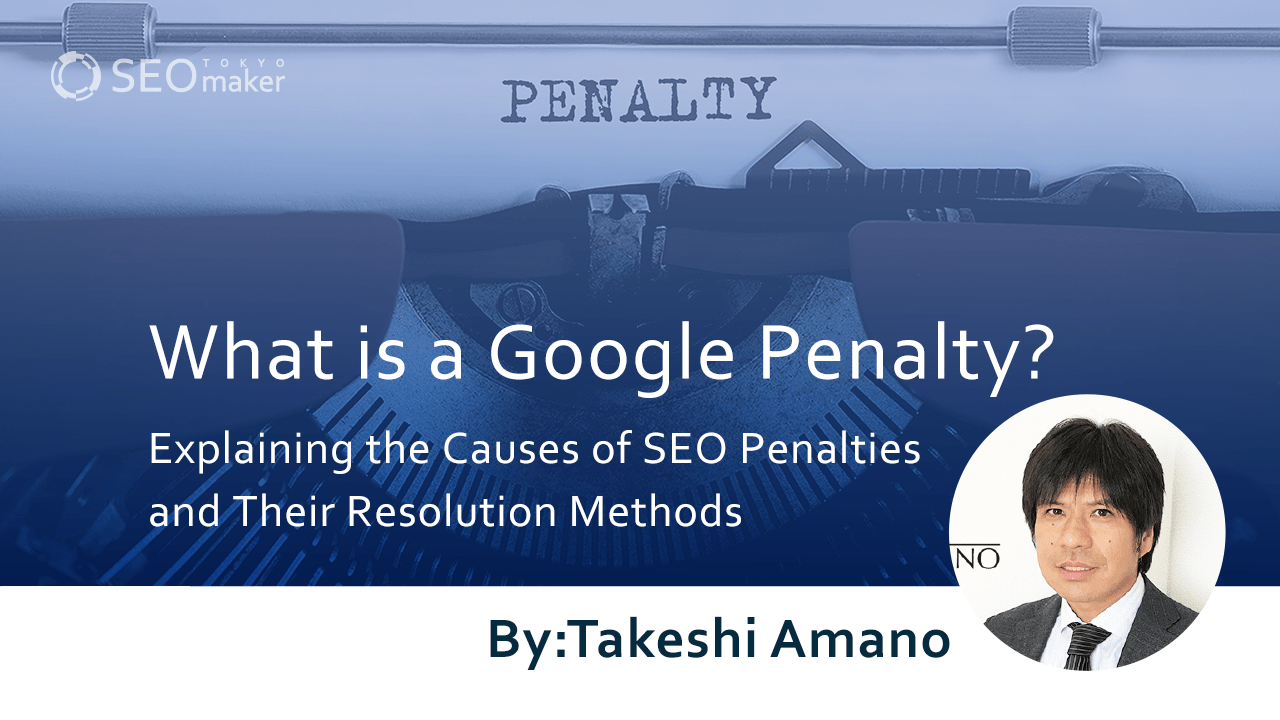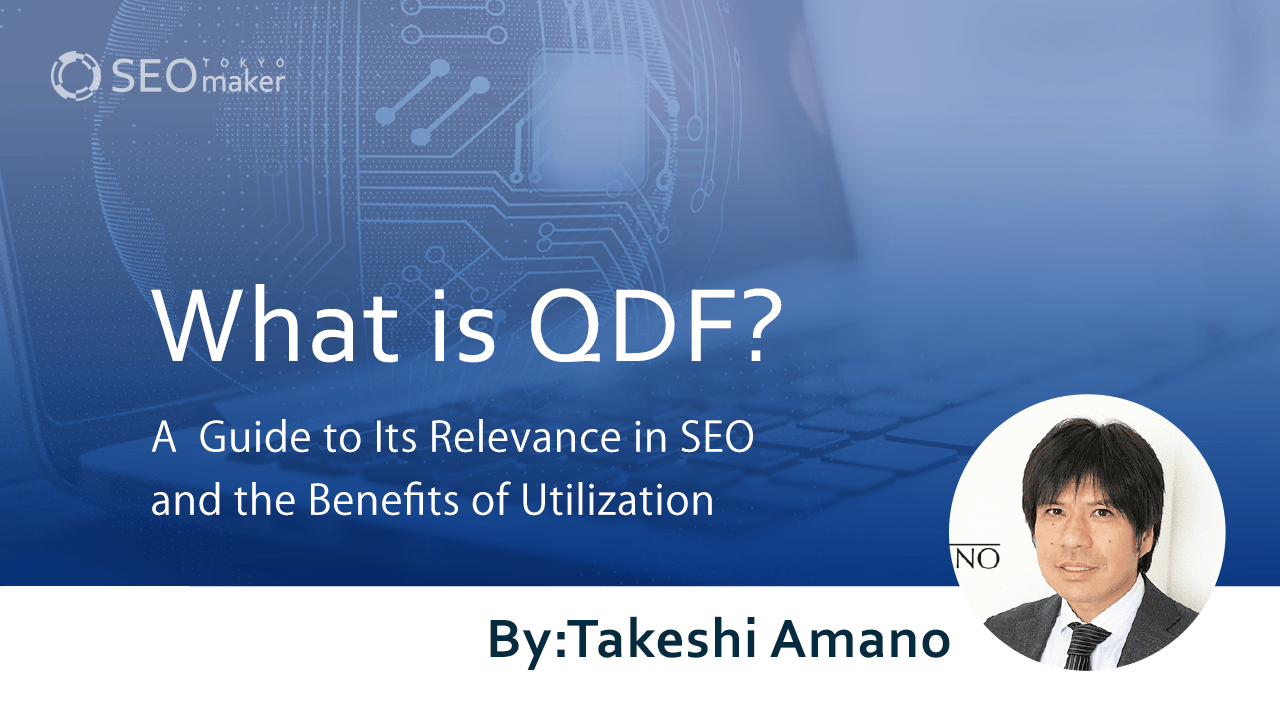Typical Examples of Foreign Companies Failing to Enter the Japanese Market
contents
 We will share examples of failures and challenges we faced in transactions with foreign companies.This article explains typical examples of why foreign companies fail when entering the Japanese market.
We will share examples of failures and challenges we faced in transactions with foreign companies.This article explains typical examples of why foreign companies fail when entering the Japanese market.
five common mistakes
There are five common mistakes made by foreign companies entering the Japanese market:
- External Link Issues
- UI/UX Issues
- Translation Issues
- Issues with Japanese-style Landing Pages for Conversions
- Changes in Japanese decision-makers with authority
External Link Issues
Company A, a real estate site operator expanding into Hokkaido, was a U.S.-based marketing company. The representative, skilled in American web marketing and SEM, led this small startup.
They hired a local Japanese representative to implement SEO strategies in Japan. Used to purchasing links in the U.S., they aimed to do the same in Japan. Unable to find a company for link purchase, they approached us.
We informed them that we don’t engage in link buying but could provide links through tie-up articles on our owned media, which would be removed upon contract termination.
The U.S. company’s president insisted on buying links and did not budge. The Japanese representative understood the impossibility of link buying in Japan and contracted with us for external measures.
We successfully ranked them for targeted keywords during the contract, but they refused to continue the expenses post-contract.
The relationship soured when the president was outraged that the links would be removed after contract expiration. Eventually, the links were removed, and the site’s ranking returned to its original position.
In another case with Global Company B, headquartered in Singapore, the local Japanese team independently contracted external measures. However, they terminated the contract because the linking sites’ domain authority was below 30.
In Japan, it’s rare to obtain ‘nofollow’ links from media with domain authority over 30. The quality of the content from the linking site is more critical than domain authority.
This lack of understanding of Japan’s unique algorithm, where a DA of 10-25 is often sufficient, led to their downfall. Focusing solely on the DA number, they ended the contract and lost their ranking.
In both cases, the rental nature of external links led to disputes with decision-makers in Singapore, who were angered by link removal post-contract.
Therefore, when entering Japan, it’s crucial to understand that external links provided under contract are typically removed upon its expiration.
UI/UX Issues
UI (User Interface) and UX (User Experience) issues often arise in foreign companies’ websites.
Companies based outside Japan, like in the U.S. or Singapore, struggle to modify UI/UX designs locally. This results in poor conversions despite improved SEO rankings.
For example, Global Company C, after commissioning us for SEO, saw increased sessions but not conversions.
The main issue was UI/UX not tailored for Japanese users. Lacking proper landing pages and simplistic contact forms were identified as problems.
The best practice in Japan for CRO (Conversion Rate Optimization) is to insert banner buttons in articles, leading to a contact form at the bottom of the landing page. However, the Japanese division lacked the authority to make site expansions or design changes, which required headquarters’ approval.
As a result, despite the increase in sessions due to SEO, the next phase of CRO was halted, and the SEO strategy was abandoned due to the headquarters’ inability to respond. The responsible personnel also left the company.
Conversely, successful cases like Salesforce Japan have adeptly tailored their UI and UX for Japanese users, maintaining their foreign corporate image while adapting to Japanese preferences.
HubSpot, a marketing company, has also adjusted its site for the Japanese market successfully.
It’s crucial not to entirely change the foreign corporate feel to match Japanese preferences but to blend it with a Japanese style. Japanese have a tendency to adapt foreign elements to their own style.
For example, “Napolitan” pasta, a uniquely Japanese dish, was derived from Italian pasta but is not found in Italy. It’s a post-World War II yoshoku (Western-style Japanese food) invention, adapted to suit Japanese tastes with ingredients like ketchup, bell peppers, onions, and sausages.
While different from traditional Italian cuisine, Napolitan became popular in Japan during the western food boom and is now commonly served in homes and cafes. It’s an example of how Japan has evolved foreign dishes like curry rice, omelet rice, and ramen to suit its own palate.
Similarly, websites should be adapted to a Japanese style. Successfully arranging UI and UX in a Japanese manner can significantly increase the chances of success in the Japanese market.
Translation Issues
Company D, a foreign enterprise, directly translated their headquarters’ content columns for their Japanese page. Using translation tools often resulted in unnatural Japanese, leading to user drop-offs due to poor quality.
This approach is not well-received in Japan, even by globally recognized companies, due to the Japanese culture’s sensitivity and importance placed on their native language. Additionally, Japan’s Google algorithm extensively researches the Japanese language, making it difficult for content not written in high-quality native Japanese to rank well in SEO.
In Company D’s case, a good relationship with the decision-makers at headquarters allowed for native Japanese checks and investment in SEO writing, leading to a successful outcome.
Issues with Japanese-style Conversion Landing Pages
This issue, touched upon in the UI/UX section, involves optimizing service pages as landing pages in Japan and leading users from articles or content to these pages to boost inquiries.
A crucial element is to always include a contact form at the bottom of the page, as Japanese users are cautious about providing personal information.
Therefore, it’s necessary to clearly communicate the benefits of providing personal information.
Japanese users only fill out conversion forms once they fully understand the service and its outcomes. Adhering to a design UI and UX that appeals to Japanese users increases conversion rates.
Many foreign companies fail in Japan because they cannot build sites according to this efficient Japanese model.
Even if they increase views and sessions through SEO, they fail to achieve revenue-driving conversions.
Company E succeeded in improving keyword rankings through SEO but failed to produce conversion landing pages, leading to no sales in Japan.
The local Japanese staff couldn’t convey Japan-specific issues to the headquarters, leading to a lack of appropriate action and eventually, withdrawal from the Japanese market.
It’s crucial for the management at the headquarters to understand more about SEO in Japan.
Changes in Japanese Decision-makers with Authority
Company F succeeded in link building over a year, bringing all PLP keyword rankings to the first page. However, with the departure of their direct supervisor and the arrival of a new, younger boss, the contract was abruptly terminated.
The local Japanese staff, despite a year’s effort, could do nothing but accept the decision.
In this case, the new boss had SEO experience in Singapore and decided to apply the Singaporean approach to Japan’s SEO. This led to disputes when all links were removed upon contract termination, as the new boss didn’t understand that removing external links post-contract is standard in Japan, considering it a legal issue.
Understanding the business customs of each country is vital; foreign companies often face this issue when dealing with SEO in Japan.
Summary
This article explains the typical reasons why foreign companies fail in the Japanese market. These include errors in translation, mismatches in UI/UX, and misunderstandings about Japanese SEO practices. It emphasizes the need for cultural adaptation, especially in web content and design, to effectively engage with Japanese consumers and navigate the unique aspects of Japan’s business environment.





















